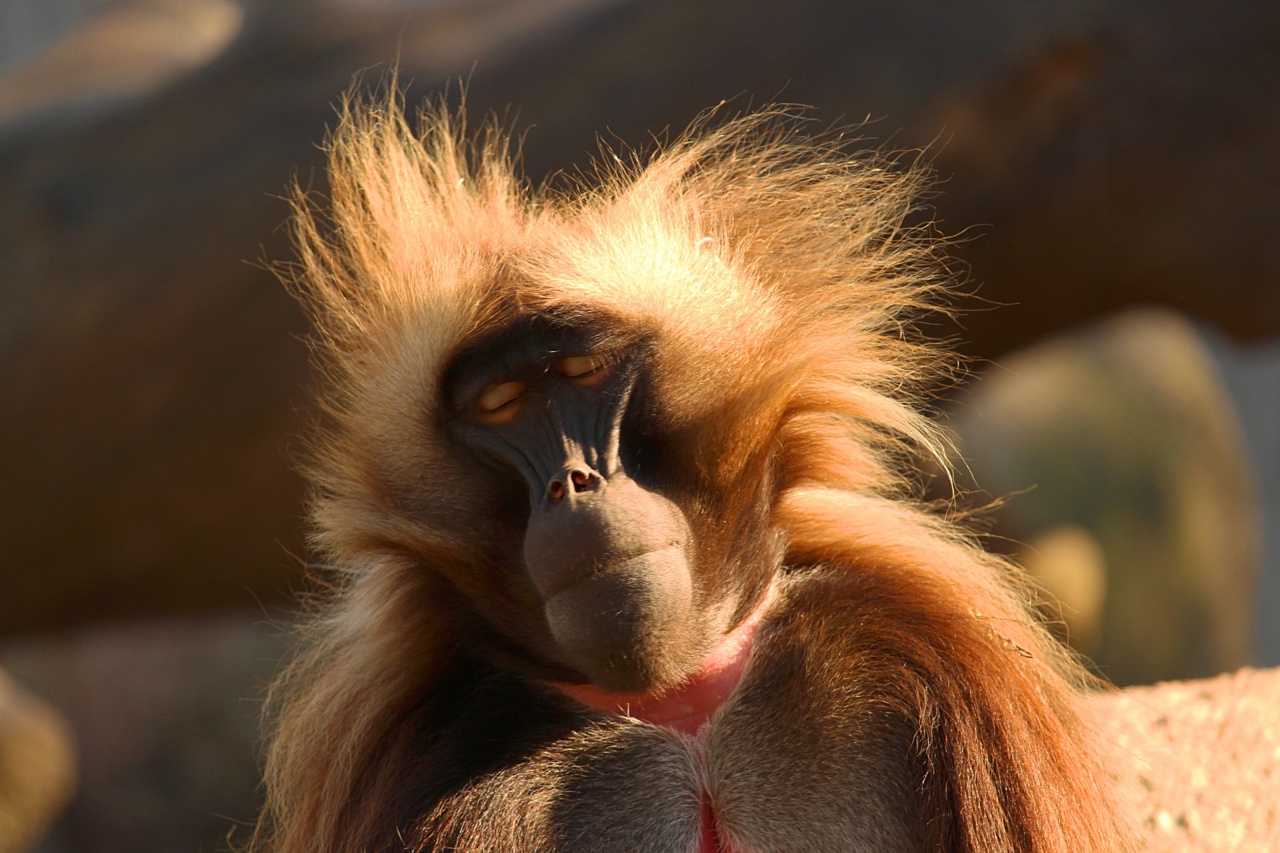The Mosque of the Monkeys is a fascinating historical site that has captured the curiosity of many travelers and researchers alike.
With its intricate architecture and mysterious allure, this mosque has been the subject of numerous discussions and debates. In this article, we will delve deeper into the structure’s history, explore its significance, and shed light on the potential dangers that surround it.
A Brief History
The Mosque of the Monkeys, also known as “Al Masjid Al Mashun,” dates back to the medieval era. It was built during the reign of the Abbasid Caliphate and served as a place of worship for the local community.
The mosque’s unique name is derived from the peculiar legends and myths associated with it.
The Legends
According to local folklore, the Mosque of the Monkeys got its name due to its supposed connection with a family of monkeys. It is believed that a tribe of monkeys once inhabited the area where the mosque stands today.
These monkeys were said to be endowed with supernatural powers and protected the mosque from any harm.
Another legend suggests that the mosque was constructed by a mystical group of monks who possessed extraordinary knowledge and abilities.
They are rumored to have harnessed the power of the monkeys to create a place of spiritual significance, making the mosque a sanctuary of mystery and mystique.
The Architecture
The Mosque of the Monkeys boasts an impressive architectural design that reflects the cultural and artistic influences of its time.
The exterior of the mosque is adorned with intricate carvings and decorative motifs, showcasing the craftsmanship of skilled artisans. The interior, on the other hand, features a breathtaking blend of geometric patterns, calligraphy, and vibrant colors.
One of the most notable features of the mosque is its minaret, which stands tall and commands attention. The minaret’s intricate details and ornate design make it a masterpiece of Islamic architecture.
It serves as a symbol of the mosque’s prominence and spiritual significance.
The Significance
The Mosque of the Monkeys holds immense significance for both the local community and historians. Firstly, it serves as a place of worship for Muslims, enabling them to connect with their spiritual beliefs and engage in prayers and rituals.
The mosque also acts as a center for religious gatherings and events, fostering a sense of community and unity among its visitors.
Furthermore, the Mosque of the Monkeys represents an important chapter in Islamic history. Its construction during the Abbasid Caliphate highlights the architectural advancements and cultural prosperity of the time.
By studying the mosque, researchers have gained valuable insights into the artistic and technological achievements of the period.
The Dangers
While the Mosque of the Monkeys may seem mystical and alluring, it is not without its dangers. One of the prominent concerns surrounding the mosque is its structural stability.
Over the centuries, the building has endured natural disasters, wars, and neglect, resulting in significant deterioration.
The preservation of historical sites such as the Mosque of the Monkeys requires substantial financial investments and careful restoration efforts.
Without proper maintenance and restoration, the structural integrity of the mosque could be compromised, endangering both visitors and the valuable heritage it represents.
Another danger associated with the mosque is the exploitation of its mystical reputation for monetary gain. Tourist attractions in close proximity to historical sites often exploit the allure of myths and legends associated with them.
Unscrupulous individuals may take advantage of the mosque’s captivating stories to deceive visitors and exploit their spiritual beliefs.
Preservation Efforts
Recognizing the importance of the Mosque of the Monkeys, various organizations and governing bodies have initiated preservation efforts.
These initiatives aim to restore the mosque to its former glory and raise awareness about its historical significance.
Preservation societies have been established to raise funds, gather support, and prioritize restoration projects. Additionally, authorities have implemented stringent regulations to protect the mosque from any further damage or exploitation.
Conclusion
The Mosque of the Monkeys stands as a symbol of cultural heritage and religious significance. Its intriguing legends, architectural splendor, and historical connections make it an intriguing site worth exploring.
However, it is crucial to acknowledge the dangers that surround this landmark and prioritize its preservation for future generations to marvel at its enchanting allure.






























